The Basilica and Convent of San Francisco (Spanish: Iglesia y Convento de San Francisco), commonly known as el San Francisco, is a Catholic basilica that stands in the middle of the historic center of Quito, in front of the square of the same name. It is the oldest and most significant religious site in Ecuador. The structure is the largest architectural complex within the historic centers of all of South America, and for this reason it was known as "El Escorial of the New World". San Francisco is considered a jewel of continental architecture for its mixture of different styles combined throughout more than 150 years of construction. San Francisco is part of the UNESCO World Heritage Site "City of Quito".
On its three and a half hectares of surface, thirteen cloisters have been built (six of them of great magnitude), three temples, a large Atrium, adding approximately 40,000 square meters of co...Read more
The Basilica and Convent of San Francisco (Spanish: Iglesia y Convento de San Francisco), commonly known as el San Francisco, is a Catholic basilica that stands in the middle of the historic center of Quito, in front of the square of the same name. It is the oldest and most significant religious site in Ecuador. The structure is the largest architectural complex within the historic centers of all of South America, and for this reason it was known as "El Escorial of the New World". San Francisco is considered a jewel of continental architecture for its mixture of different styles combined throughout more than 150 years of construction. San Francisco is part of the UNESCO World Heritage Site "City of Quito".
On its three and a half hectares of surface, thirteen cloisters have been built (six of them of great magnitude), three temples, a large Atrium, adding approximately 40,000 square meters of construction. Multiple activities are currently carried out there: conventual and religious, public care in the areas of health, communication, education and others of a popular nature that keep the building active.
Inside the church there are more than 3,500 works of colonial art, of multiple artistic manifestations and varied techniques, especially those corresponding to the Colonial Quito School of Art, which was born precisely in this place. It also has a Franciscan library, described in the 17th century as the best in the Viceroyalty of Peru.
The complex is preceded by the Plaza de San Francisco that for years supplied the city with water from its central fountain, and which has functioned as a popular market, as a space for military and political concentrations, and as a meeting place and social recreation. The concave-convex staircase that connects the square with the Atrium, which highlights the Mannerist-Baroque facade of the main building, is considered of great architectural importance in the Colonial Americas.
In pre-Columbian Quito, the current lands of the Basilica and Convent of San Francisco were occupied by the royal palace of the Inca Huayna Cápac,[1] before the advance of the armies commanded by the Spanish from the south and the impossibility of defending the city the indigenous general Rumiñahui ordered its total destruction. In the city fire the palace was destroyed and buried under a huge amount of rubble and garbage. One of Rumiñahui's soldiers was the great-grandfather of the indigenous Cantuña, who, as an eyewitness to the events, had full knowledge of what was buried there. The construction of the basilica and convent of San Francisco began around the year 1537, just three years after the Spanish foundation of the city, with the completion of a temporary church that remained until 1550, when the construction of the current building began and which was completed around 1680. Although the building was officially inaugurated in 1705.
The plotsWith the support of the European Franciscan Congregation, the Ghent's clerics Jodoco Ricke and Pedro Gosseal, who were cousins of Charles V, Holy Roman Emperor,[2] they arrived in the city two years after its foundation, managed to acquire some plots on the southwest side of the Plaza Mayor de Quito, in the same place where one day the military seats of the heads of the imperial troops were: Chalcuchímac and Quizquiz. That is to say, the place had enormous historical and strategic significance for the indigenous people that the Franciscans wanted to evangelize. The thesis of the place as the center of the Inca and Caranqui cultures was reinforced after the archaeological studies carried out in the basilica on the occasion of its renovation, between 1983 and 1990, in which important ceramic pieces were found, belonging to those pre-Columbian cultures (and also panzaleas) under the nave, the cloisters, the orchard, the atrium and the square.
The Cabildo of the recently created city of San Francisco de Quito, by virtue of the physical ordering of the city, initially assigned to the Franciscans an area of land that was equivalent to two blocks, each 220 feet in length. However, in 1538, after successive adjudications by the same Cabildo, an area of more than three hectares was reached. In 1533, its limits, both to the north and to the south, coincided with those of the Plaza de San Francisco, so that the lot was facing the Plaza, without exceeding any of its sides (to the west it should reach up to the coristado).
When, in 1537, Friar Jodoco Ricke asked the Cabildo to hand over, on the one hand, some land for the Yanakuna Indigenous who served the Basilica and, on the other hand, one more piece of land for it, which is deduced from the coristado to the current calle Imbabura.[2] In 1538 the plot was extended to the north; that is to say, from the Main Cloister to the current dependencies of the Police; On this occasion, Friar Pedro Gosseal asked the "sirs of the Cabildo to grant him a piece of land for a garden to put it in the house of San Francisco because it makes a turn of the land and because it goes straight". A street from east to west, which kept the rhythm of the checkerboard grid and extension of the current calle Sucre, divided the Convent from the garden; this street must have been closed definitively in the middle of the 17th century, due to the construction of the two cloisters adjoining the main cloister.
Construction"With all that I have invested in its church, and in the towers that stand out in the city, I should see them from here (from Madrid)"
This stage covers a period of fifteen years: between 1535, with the construction of the church and provisional residence of the religious; between 1551 and 1575 the church, the facade and the atrium were raised;[2] and the mid-1650s, with the construction of almost a dozen cloisters adjacent to the main one. This is considered the most important construction period of the complex.
It is unknown who drew the original plans for the complex, the most accepted hypothesis is that they were sent from Spain, based on the topographical study of Ricke and Gosseal. It can also be perfectly assumed that architects came from Spain for the construction of the Franciscan monastery, architects who, knowing practically the land, knew how to take advantage of its inclination, for the design and execution of that admirable step and beautiful parapet, on which, the artistic and severe façade of the church is displayed. Although there are also those who support the theory that it was Ricke and Gosseal who did all the work from start to finish.
 Basilica of San Francisco in 1840 by Juan Agustín Guerrero,[3][4] before the 1868 earthquake that would bring its top of spires down.
Basilica of San Francisco in 1840 by Juan Agustín Guerrero,[3][4] before the 1868 earthquake that would bring its top of spires down.However, the name of Friar Antonio Rodríguez, a native of Quito, and a great architect who flourished in the mid-17th century, as the author of a large part of the basilica and another jewel of Quito's colonial architecture, is preserved: the Church of Santa Clara. Among the papers in the convent's Archive, there is also a handwritten memoir from 1632 that speaks of Germán de Alemán, Jorge de la Cruz and his son Francisco,[5] who worked on the construction of the basilica during the first period, that is, that of Friar Jodoco Ricke; for whose services he gave them, in agreement with the cabildo, some land from the quarries up towards Pichincha. In said Memory some of the works that those workers worked are specified: "(...) for payment of the making of this church and main chapel and choir of San Francisco, because the convent does not have what to pay them, they are given legal possession of the plots above the quarries and towards the Pichincha mountain(...)".
Second phase The preserved 16th-century Mudéjar artesonado in the crossing and in the choir nave.[5]
The preserved 16th-century Mudéjar artesonado in the crossing and in the choir nave.[5]It corresponds to the internal ornamentation and minor architectural complementation, and covers the period between 1651 and 1755. During these years the rise and consolidation of the Order was reflected in the increase in the artistic assets of the Maximum Convent (this church). Its splendor, however, was seriously affected as a result of the 1755 earthquake which, among other things, destroyed partially the Mudéjar artesonado ceiling in the main nave of the church.[5] The 16th-century Mudéjar artesonado is preserved in the crossing and in the choir nave.[5]
Restorations and adaptationsBoth the temple and the chapels and the various cloisters of the Convent underwent various changes from the mid-18th century, especially due to the various earthquakes it had to face. These stages could be considered within the construction process.
Third phase Basilica of San Francisco in 1920.
Basilica of San Francisco in 1920.This corresponds to a period of architectural reconstruction that occurred between the years 1756 and 1809. Despite the secularization of the doctrines, which caused a considerable decrease in the funds of the Province of Quito, the Franciscans dedicated an enormous effort to the reconstruction of the conventual dependencies. With regard to this, there was an aesthetic redefinition of the interior of the church, by placing a Baroque coffered ceiling in the main nave that did not attempt against the aesthetic harmony of the entire complex.
Fourth phaseThis stage corresponds to the institutional crisis of the Franciscan Order and the consequent extirpation of spaces suffered by the Basilica between 1810 and 1894. A deep crisis of values went through the Order during these years; the Franciscans were forced to cede large areas of the Maximum Convent, which caused their functional destructuring. However, in the areas that remained under their control, traditional forms of organization persist.
Modern phaseFrom 1895 to 1960, a new use of spaces was produced and modernity arrived at the complex. Despite the fact that San Francisco has preserved its physical structure unalterably, at this stage there were changes linked to the application and use of new construction techniques and materials at the time of the interventions. Due to the modernization of the city's urban infrastructure, the convent facilities benefited from electricity, drinking water, sewerage and telephone services.
On the other hand, with the installation of new dependencies (museum, printing office, theater, radio, private educational establishment) there was a functional readjustment of its spatial structure that, gradually, became more public.


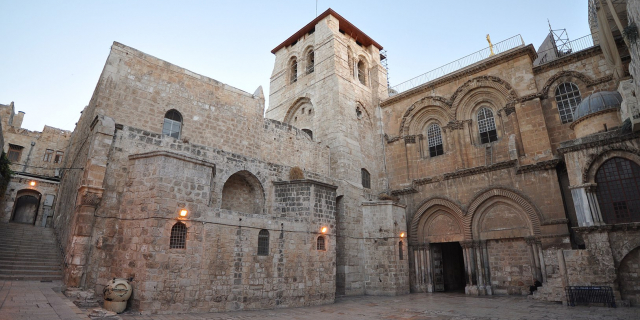
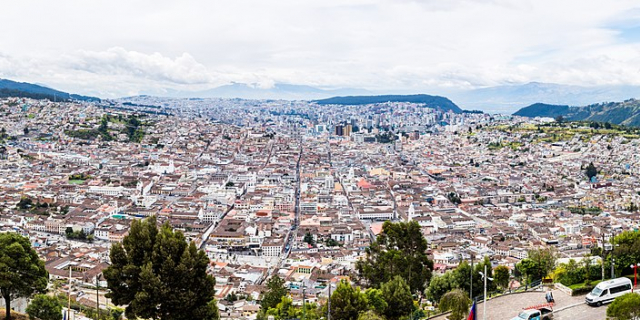





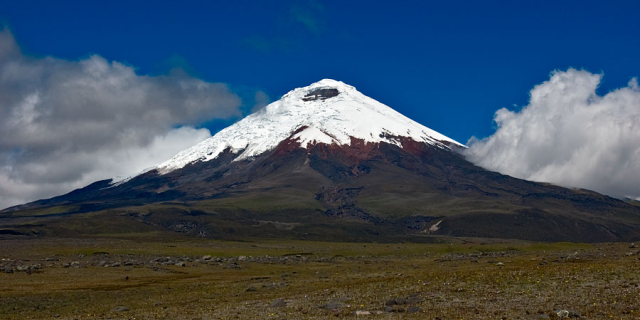

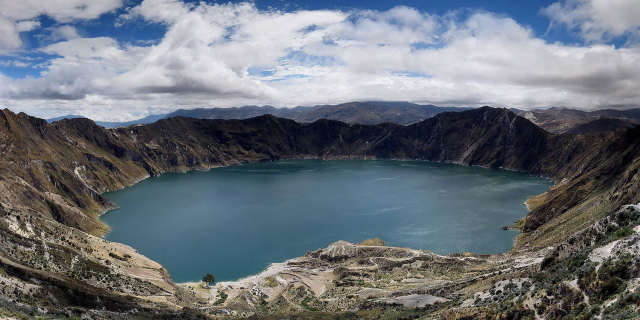


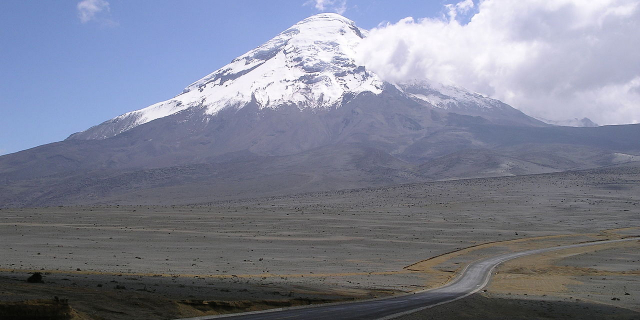
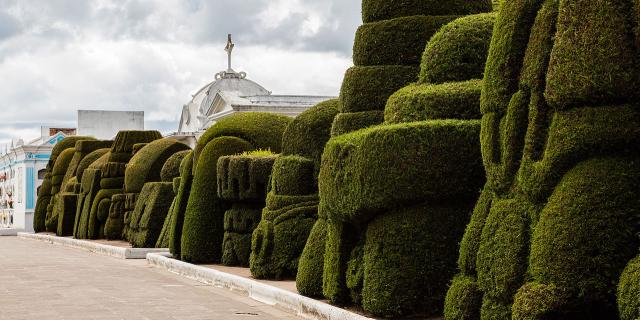

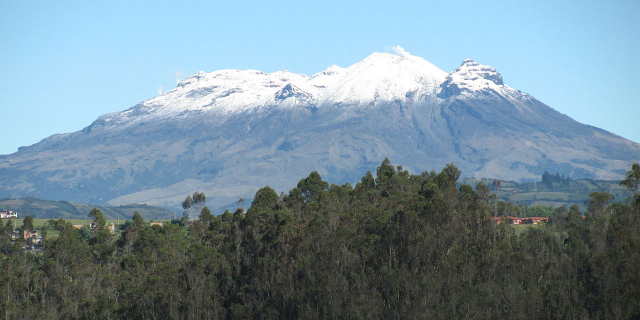











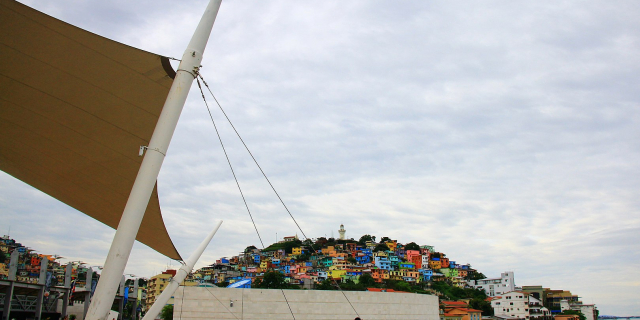

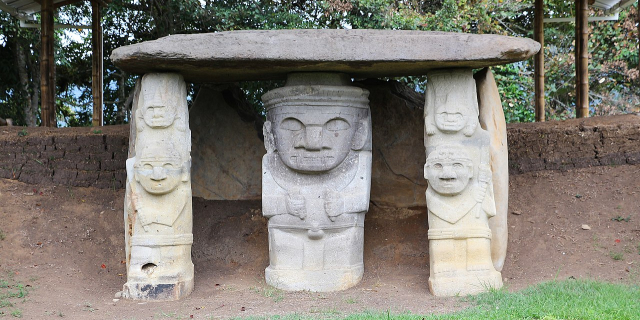
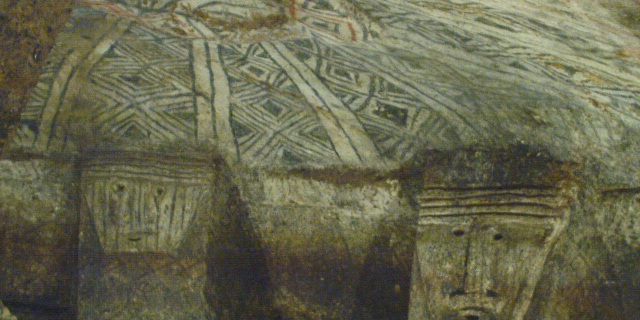
Add new comment